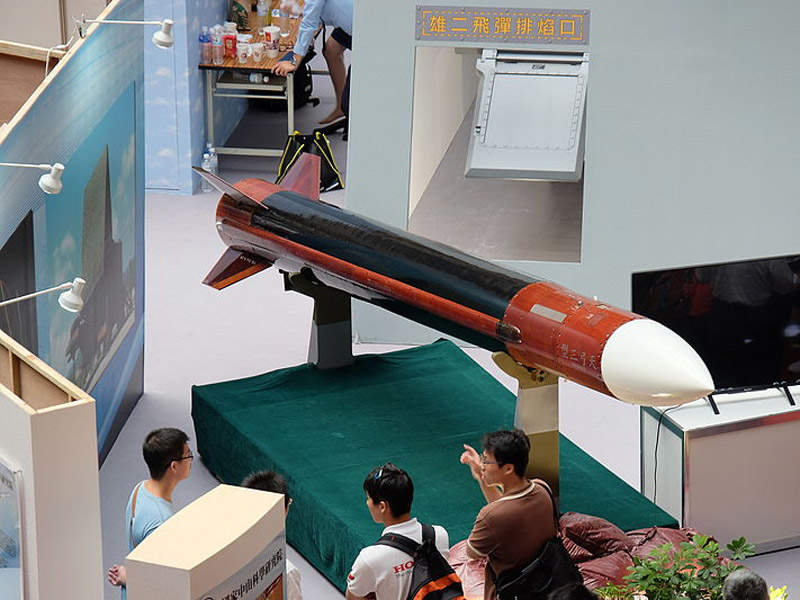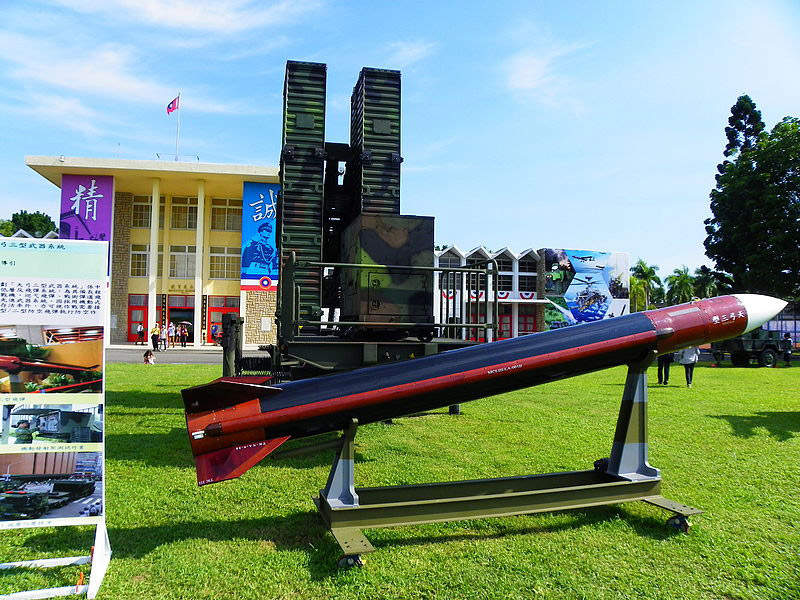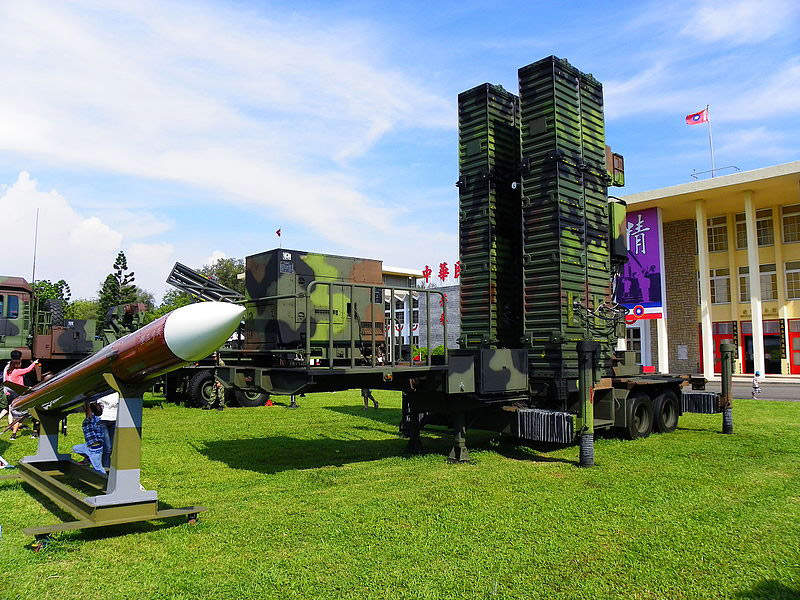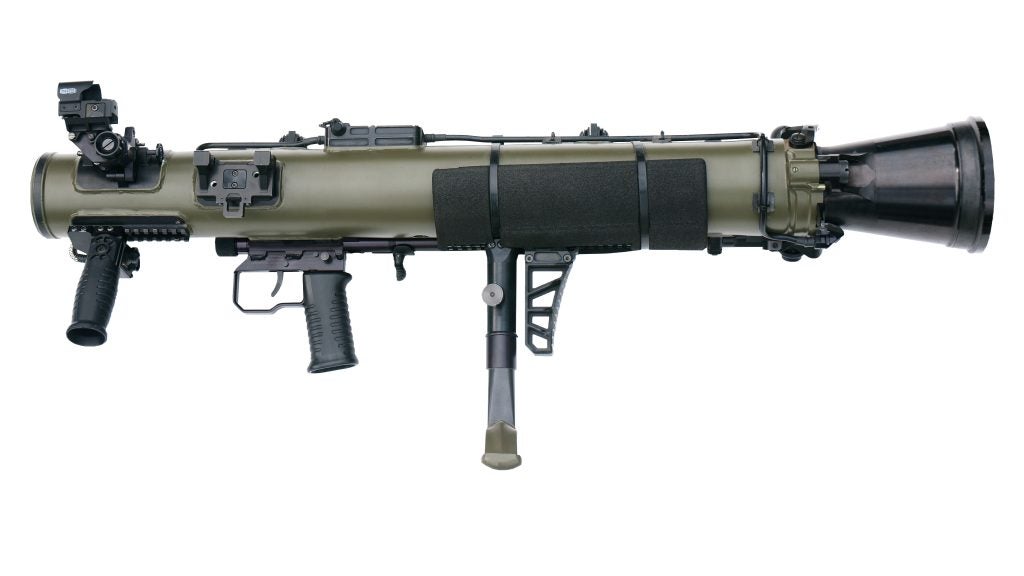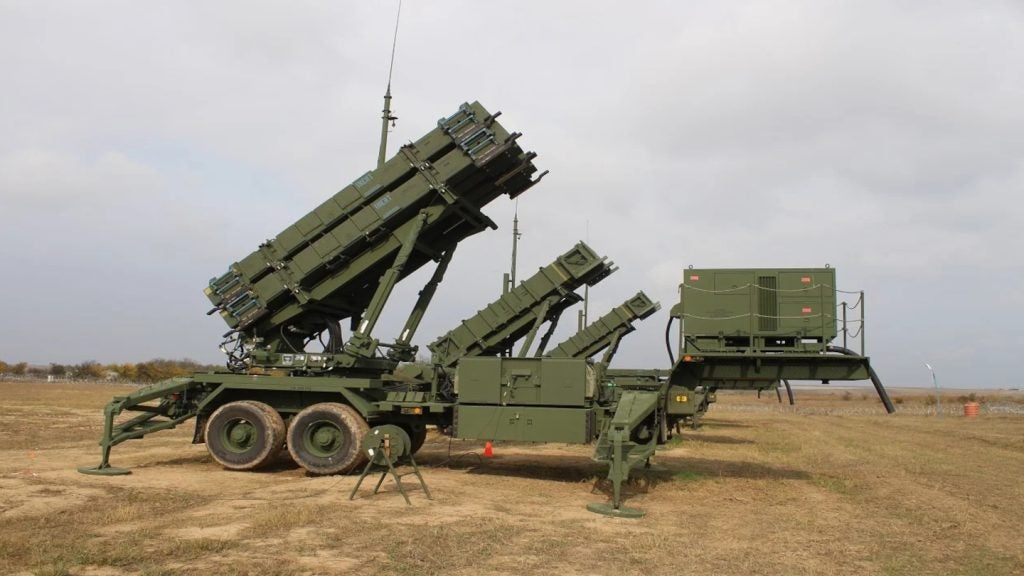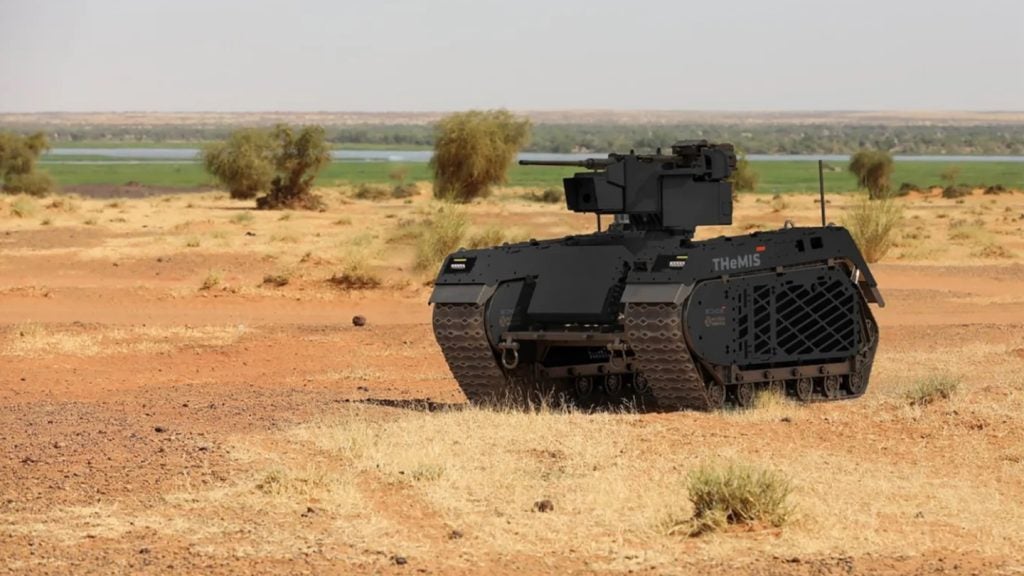
Tien-Kung III (TK III) surface-to-air missile (SAM) system has been domestically developed by Taiwan-based National Chung-Shan Institute of Science and Technology (NCSIST) to increase the air defence capabilities of Taiwan’s armed forces.
It is designed to engage medium and long-range aerial threats such as fighter aircraft, short-range tactical ballistic missiles, anti-radiation missiles and cruise missiles. It has the ability to engage multiple targets simultaneously, and can operate autonomously or as part of higher echelon groups.
Production of the TK III weapon system, also known as Sky Bow III, is currently underway and is intended to replace Taiwan’s ageing Hawk SAM system. The Sky Bow III was recently exhibited at the Bahrain Air Show in January 2016.
TK III weapon development
TK III is the third in the Tien Kung series of surface-to-air missiles. Integrated with a semi-active radar homing seeker, Tien Kung I (TK I) is the first missile in the series. It entered development in 1981 and underwent tests from 1986. The second version, Tien Kung II (TK II), with active radar homing seeker was first test-launched in May 2002.
TK III’s demonstration and validation phase began in 1996, and engineering, manufacture and development works were carried out between 2001 and 2009. The weapon made its first test flight in 2001, was unveiled in 2007, and underwent test-firings in 2008.
In 2009, the Taiwan Military started operation test and evaluation (OT&E) to assess the TK III’s performance, effectiveness and suitability parameters, which concluded in 2011.
During trials, the missile successfully intercepted air breathing targets and tactical ballistic missiles with single-shot kill probability. It also performed simultaneous engagements of multiple airborne targets.
TK III missile system design and features
TK III land-based air defence weapon system is composed of surface-to-air missile, canister, and mobile fire control units, including phased array radar, communication relay, engagement control station, launcher, and power plant equipment.
The command, control, communication, computer, intelligence and surveillance (C4IS) system helps improve missile defence capability.
The surface-to-air missile features four tail fins and is vertically launched. A directional warhead with high-energy fragments enables the missile to destroy targets with high single-shot probability of kill. The missile launcher has four containers, which support both TK III and TK II missiles.
Command and control
The mobile ECS command and control station allows missile operators to exchange information with higher echelon units. It is equipped with battery level command and control centre and GUI (graphic user interface) with human factors.
Capabilities of the ECS include target identification, weapon assignment, kill evaluation, target threat evaluation, and fire sequence control. It offers protection in bio and chemical hazard environments.
The communication relay feature facilitates communication through fibre optics or wireless networks.
Missile guidance and navigation
An active radar guidance system combined with inertial midcourse guidance offers improved accuracy and survivability. Located in the nose of the missile, a microwave seeker provides high-accuracy navigation information during the terminal phase.
In the mid-course phase, target information tracked by the ground-based phased array radar is uplinked to inertial reference unit (IRU) aboard the missile, and the missile data is down-linked to the radar.
The phased array radar has can track ballistic missiles and other targets with small radar cross section. Its features include multiple target-tracking capability, IFF (identification, friend or foe), target identification and electronic counter-countermeasures (ECCM) techniques.
Propulsion and performance of TK III surface-to-air missile
A single-stage propulsion system with high specific-impulse and solid propellants provides the weapon with superior acceleration and velocity performance.
The missile’s aerodynamic forces enable it to intercept highly-manoeuvred targets. It has the capability to fly at hypersonic speeds and has a maximum range of 200km.
The Global Missiles and Missile Defence Systems Market 2011-2021
This project forms part of our recent analysis and forecasts of the global missiles and missile defence systems market available from our business information platform Strategic Defence Intelligence. For more information click here or contact us: EMEA: +44 20 7936 6783; Americas: +1 415 439 4914; Asia Pacific: +61 2 9947 9709 or via email.

